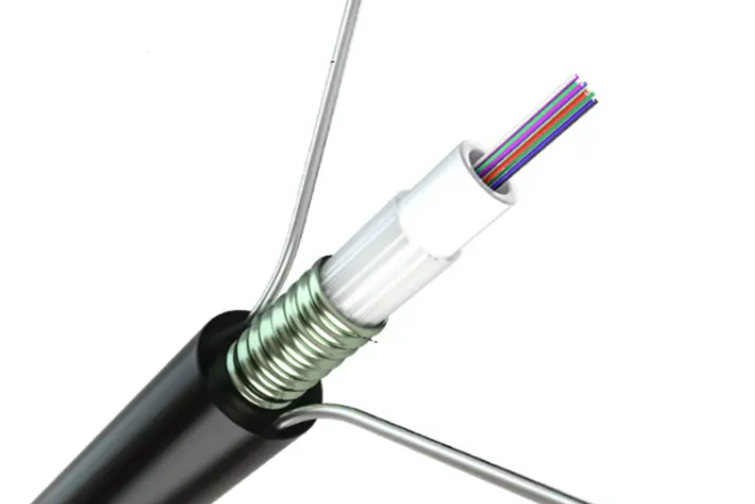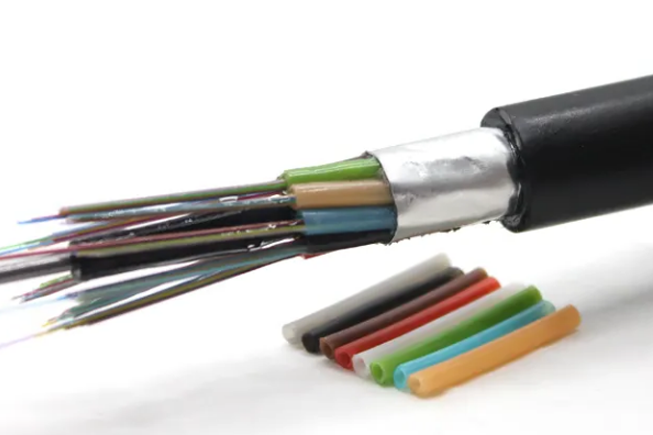
What Do Fiber Optic Cable Colors Mean?
Color Coding Is Important
Have you ever noticed that fiber optic cables in network closets or running through buildings are typically yellow, orange, and light green? These colors aren’t random; they tend to represent different types of fiber.
The Role of Fiber Optic Standards
Without industry standards, building a fiber optic network would be a mess. Manufacturers will randomly produce different cable constructions and connectors, making installation a nightmare for users. Several organizations define fiber optic standards to ensure that a fiber optic cable built in one country can operate seamlessly in another. TIA TR-42 oversees U.S. fiber optic cabling standards, ISO/IEC JTC 1 ensures global compatibility, and ITU-T sets international telecom standards. Standards solve this problem by ensuring compatibility at two key levels:
1. Component: covering specifications for cables and connectors, how to connect with other cables, and the complete testing procedures.
2. System: covering protocols, signal bit rates, encoding of data, frequencies and amplitudes, packet length, timing, error correction, and factors needed to ensure systems can talk to each other.
Single-Mode vs. Multimode Fiber
Before we get into the specific colors, it’s worth mentioning these two types of fiber. Because everyone who chooses the right fiber optic cable has to make this critical decision: single-mode or multimode?
In simple terms, single-mode fiber is designed for long distances. It has a smaller core diameter of 8-10 μm. It offers low signal loss and high-speed performance, making it ideal for telecommunications networks and large-scale installations.
Multimode fiber, on the other hand, is designed for shorter distances and has a larger core diameter of 50-100 μm. This allows for multiple optical signals to be transmitted simultaneously, but is prone to signal distortion over long distances. Variants such as OM3 and OM4 can handle higher speeds. We also discuss the differences in multimode fiber types in this article.

Interpreting the Color of Fiber Optic Cable
After explaining the above, we finally have to talk about the most important part in this article. What is the correspondence between fiber optic colors? The Telecommunications Industry Association standard for color coding of fiber optic cables (TIA-598-D) assigns the following colors to fiber optic cables.
1. Outer Jacket
Different outer jacket colors represent different types of fibers. Typically, a yellow jacket indicates single-mode fiber (OS1 and OS2), while orange signifies traditional multimode fiber (OM1 and OM2). Aqua is used for laser-optimized multimode fibers (OM3, OM4, and OM5). In Europe, you may see purple jackets. They are sometimes used to identify OM4 and OM5 fibers.
Technicians use color-coding to quickly identify and differentiate fiber types. This keeps network cabling accurate and efficient.
2. Fiber Strand
Inside the fiber optic cable, the strands also follow a standardized color sequence to ensure consistency. This is critical for splicing and maintenance. If the cable has more than 12 fibers, the sequence will be repeated in a structured manner.
Typical Standardized Color Sequence (TIA/EIA-598 Standard):
- Blue
- Orange
- Green
- Brown
- Slate (Gray)
- White
- Red
- Black
- Yellow
- Violet
- Rose
- Aqua
3. Connector
Fiber connectors are also color-coded for easy identification. Blue means standard single-mode (UPC) connections. Green signifies angled physical contact (APC) single-mode types. Beige is a standard multimode connection, suitable for OM1 and OM2 cables. Aqua connectors are designated for OM3 and OM4 laser-optimized connections.
Importance of Differentiating the Colors
Obviously, identifying fiber color can speed up installation and reduce costly mistakes. Using the wrong fiber type can lead to poor performance or network failures. You can just have a quick glance at the cable color, and it will save hours of troubleshooting time.
What's more, standardized fiber colors increase efficiency and prevent errors. Whether designing a large network or handling an installation, knowing these colors can help keep operations running smoothly.
About Stanford Optics
Stanford Optics offers high-quality fiber materials that adhere to industry standards. Whether you need single-mode or multimode fiber, our team is here to help. Contact us today to find the right solution for your needs.




